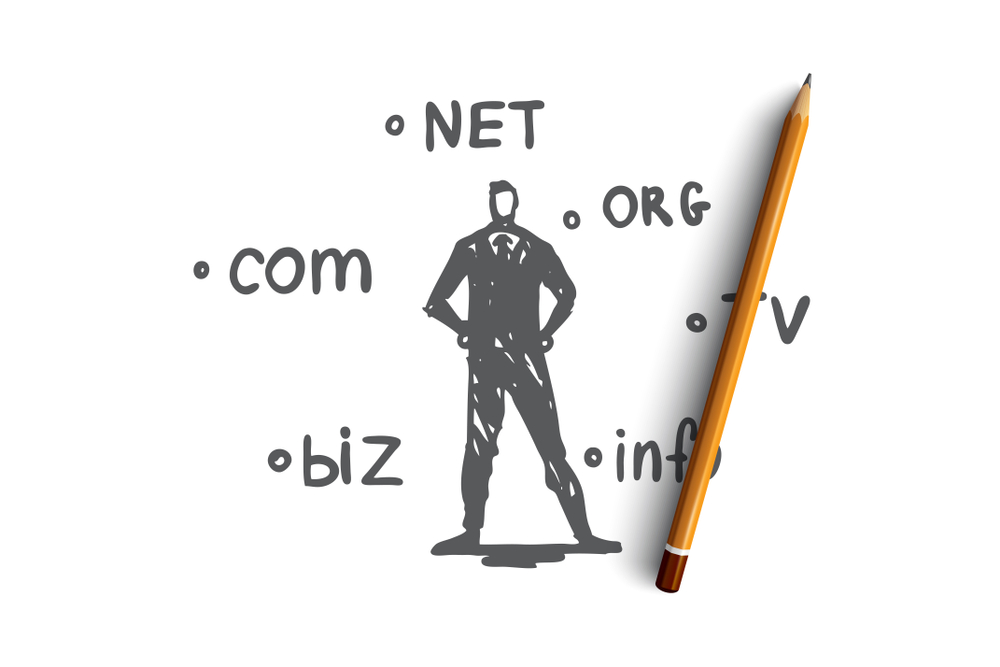How to Configure Your Hostinger Domain with Cloudflare
Configure Hostinger domain Cloudflare can greatly enhance your website’s speed, security, and overall performance. Cloudflare’s robust CDN (Content Delivery Network), DDoS protection, and advanced security features can help protect your website while delivering faster load times.
In this guide, we’ll take you through the process of configuring your Hostinger domain with Cloudflare, step by step.
Why Configure Hostinger Domain with Cloudflare?
Before diving into the setup process, let’s briefly discuss the benefits:
-
Speed: Cloudflare’s CDN caches your website’s static content, reducing load times by serving content from servers closest to the visitor’s location.
-
Security: Cloudflare offers robust security features, such as protection against DDoS attacks, SSL encryption, and web application firewalls.
-
Reliability: Cloudflare’s DNS is fast and highly reliable, ensuring that your website is always online.
Step 1: Sign Up for Cloudflare
To get started, you need a Cloudflare account. If you already have one, simply log in.
-
Create an Account: Go to Cloudflare and click on Sign Up.
-
Add Your Domain: Once logged in, click on Add a Site, enter your Hostinger domain (e.g., yourdomain.com), and click Add Site.
Cloudflare will automatically begin scanning your domain’s DNS records.
Step 2: Choose a Plan
Cloudflare offers both free and paid plans. For most users, the Free plan is sufficient, offering CDN services, DDoS protection, and basic security features.
-
Select a Plan: Choose the Free Plan or any of the premium plans depending on your needs.
-
Proceed: Click Confirm Plan to move on to the next step.
Step 3: Review DNS Records
After Cloudflare scans your domain’s DNS, it will display a list of existing DNS records for your website. Cloudflare automatically imports most of these records, but it’s important to review them to ensure they are correct.
-
Check DNS Records: Verify that your A records, MX records, CNAME records, and others are correctly displayed.
-
Adjust Records: If anything looks incorrect or missing, you can add or edit DNS records directly in the Cloudflare dashboard.
Once satisfied, click Continue to move on.
Step 4: Update Nameservers in Hostinger
Cloudflare requires you to update your domain’s nameservers to point to Cloudflare’s servers. This is one of the most crucial steps in configuring Cloudflare with Hostinger.
-
Access Hostinger: Log in to your Hostinger control panel.
-
Go to Domains: Click on Domains in the Hostinger dashboard.
-
Manage Nameservers: Select your domain and find the option for Nameservers.
-
Replace Nameservers: You will see Cloudflare’s nameservers in your Cloudflare account. Replace the existing nameservers with the two Cloudflare nameservers provided. These will look like:
-
ns1.cloudflare.com
-
ns2.cloudflare.com
-
-
Save Changes: After updating the nameservers, save the changes.
Note: DNS changes can take up to 24 hours to propagate across the internet.
Step 5: Configure SSL in Cloudflare
Cloudflare offers free SSL certificates, which you can easily enable for your Hostinger domain to ensure secure communication between your website and visitors.
-
Go to SSL/TLS: In your Cloudflare dashboard, navigate to the SSL/TLS tab.
-
Select SSL Mode: Choose one of the available SSL modes:
-
Flexible: Encrypts the connection between the browser and Cloudflare but not between Cloudflare and your server.
-
Full: Encrypts the entire connection, both between the browser and Cloudflare, and between Cloudflare and your server (recommended if you already have an SSL certificate installed on Hostinger).
-
-
Activate SSL: After choosing the appropriate SSL mode, activate the SSL.

Step 6: Enable Security and Performance Features
Cloudflare offers numerous features to enhance both the security and performance of your website.
Security Settings
-
DDoS Protection: Enable Cloudflare’s DDoS protection to safeguard your website from large-scale attacks.
-
Web Application Firewall (WAF): If you are on a paid plan, enable the WAF for additional protection against malicious threats.
Performance Settings
-
Caching: Cloudflare automatically caches your website’s static content (e.g., images, CSS, JavaScript) for faster load times.
-
Minification: Under the Speed tab, enable Auto Minify for JavaScript, CSS, and HTML files to reduce their size and improve load times.
-
Rocket Loader: Enable Rocket Loader to load JavaScript asynchronously and optimize rendering.
Step 7: Test Your Website
Once you’ve completed the configuration steps, it’s important to test your website to ensure everything is working properly.
-
Check Site Speed: Use tools like GTMetrix or Google PageSpeed Insights to measure improvements in website speed.
-
Monitor Cloudflare Dashboard: In the Cloudflare dashboard, you can monitor analytics to track performance, threats, and traffic served by Cloudflare.
Conclusion
By following these simple steps, you can easily configure your Hostinger domain with Cloudflare and start enjoying faster load times, enhanced security, and reliable performance. Whether you are looking to speed up your website or improve its protection against attacks, Cloudflare is a powerful tool that integrates seamlessly with Hostinger.
For further assistance or any queries regarding the configuration, feel free to contact us. We’re happy to help you optimize your website!


